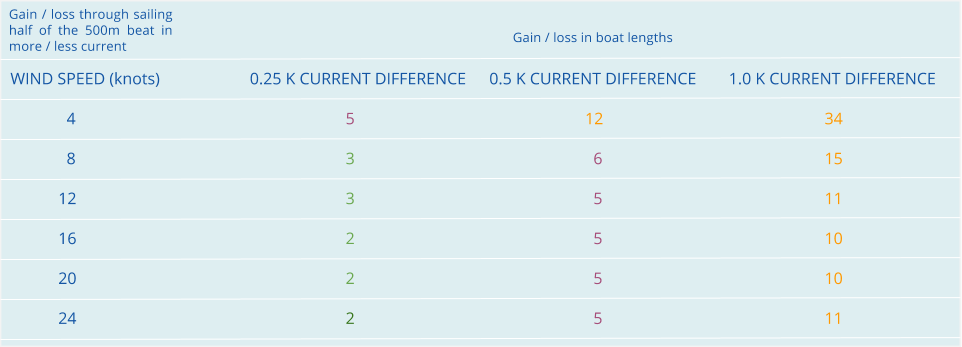When sailing and racing along the coast there are local effects that we have to consider. “The wind will back next to that cape”, “be careful of the funnel effect between those two islands”, “the wind-shadow of those cliffs is really big (…)” are all expressions we have heard many times. But, what about the current? How does the current behave along the coastline?
There are some general rules that apply most of the time and are a good starting point when analysing the venue where the regatta will be held.
- The deeper the water, the stronger the current;
- If the current is running parallel to the coast, it’s direction will follow the bends of the shore;
- Sandbanks, islands etc give shelter from the current and eddies can develop;
- Often current accelerates in narrow channels, near capes or obstructions;
- Beware of rivers!
Every time we sail in a new venue, it’s important to assess the coastline shape and understand the local effects. Now that we know the general rules, let’s see some examples that show us how to apply them:
In the first picture we see the typical situation of an upwind leg with tide against us. It’s easy to see that the boat that stays inshore (i.e. in shallow water) sails against weakest tide and gains a lot.

In Mark Rushall’s book “Tactics” he also shows how much a boat can gain in this situation.
The table is built for a 500m beat and the gain/loss are expressed in boats’ lengths. We see that the gain/loss is bigger when the wind is light and/or if the difference in current between inshore and offshore is big.

The second example is when we are sailing upwind and have to cross the estuary of a river (the coast is on our right). The current is coming from the river to the sea. If we think about the wind triangle and the effect of the tide wind on the true wind we immediately understand what is the best strategy. In the area of the estuary the wind, because of the tide wind, will back. This means the best strategy is to sail across the estuary on port tack to optimise our VMG. The wind shift will end as soon as we sail away from the river.

The last example shows a more complicate situation. The channel on the right is narrower and the current flow is stronger. It’s hard for the violet boat to make any progress. On the left the orange boat finds a nice shelter and manages to sail all the way up to the cape in relatively weak current!

Overall it’s now clear how important it is to understand the local effects of the current. It can make the difference between winning and losing a regatta.
